Craft in a crisis: helping heritage crafts come back from the brink
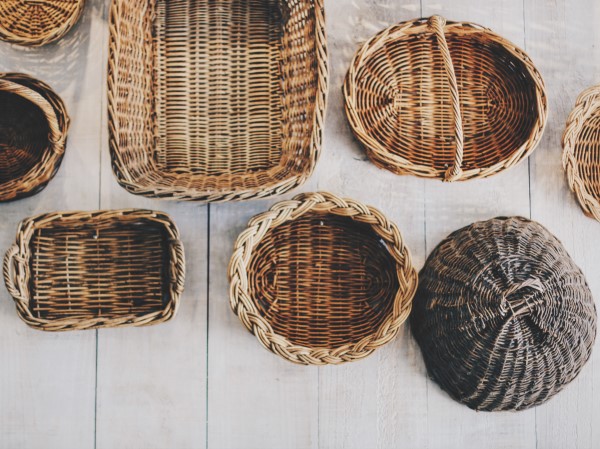
With a host of already endangered heritage crafts at even greater risk as a result of the Covid-19 pandemic, what does the future hold and how can we play a part in helping heritage crafts survive and even thrive? Sophie Paterson explores.
At first glance, crafts are riding a wave of new-found popularity as a burgeoning number of us knitted, crocheted, spoon-carved and rag-rugged our way through successive Covid-19 lockdowns. Crafting might well be trending on Instagram while the likes of TV programmes such as The Great Pottery Throwdown, The Great British Sewing Bee and The Repair Shop are capturing hearts and imaginations. But what of the traditional crafts and craftspeople essential to Britain’s rural and urban heritage?
Heritage crafts already at risk
Basketwork furniture making; spinning wheel making; hat plaiting; even commercial paper making and industrial pottery: in 2019 these and more joined a growing list of critically endangered heritage crafts on the Heritage Craft Association’s Red List. Meanwhile, bee skep making, cutlery making, rug tufting and umbrella making, amongst others, joined the endangered category. Declared extinct was mould and deckle making (used in handmade paper production), joining cricket and lacrosse ball making and gold beating. The video below showcases a Red List craft in action, with Derek and Timonthy Staines, London-based orrery makers.
Across the board for craftspeople in general, pre-pandemic research by the Craft Council revealed the following challenges:
The median annual salary for full-time employees in the UK in 2019 was £30,350, whilst the median salary for the self-employed in the UK in 2016 was just over £18,000.Across all maker groups, the majority reported a profit of less than £30,000 from selling their work in the latest financial year. Even amongst Masters Craftspeople, only 16% reported profits from selling in excess of £30,000.
In 2020, less than half of Master Craftspeople (45%) and Established Professional Makers (49%) earn their living solely through selling their work. In the 2006 study, 89% of makers worked in craft either full-time (59%) or part-time (30%), with only 11% of makers just making work occasionally for sales.
Market for Craft Report 2020, Craft Council. pp. 66-67
The impact of the Covid-19 pandemic
COVID-19 has only exacerbated the challenges facing endangered craft skills, and our mission is to bring to light the knowledge and practices that are now on the brink, so that as a society we can have an informed debate on which parts of our intangible cultural heritage we want to keep as a resource for the future. Over the next few months I will be reaching out to craft practitioners to renew and supplement the existing data, with both accuracy improvements and real world changes. Please feel free to contribute by contacting me at [email protected].
Mary Lewis, HCA Red List Research Manager
The impact of the pandemic has undoubtedly been severe across the arts and cultural sector, with freelancers and the self-employed particularly vulnerable to changing spending habits and the closure of retail and workshop spaces. A follow-up survey by the Crafts Council in March 2020 indicated 60% of makers expected a loss of income of over £5,000 in the subsequent six months, orders down by 67% with further losses anticipated and 60% of artists and makers having low or zero financial reserves. Meanwhile, the HCA reported that 56% of 100 heritage craftspeople surveyed said that there was a smaller than 50:50 chance of their business surviving the next six months.
Where, then, can heritage craft practitioners and organisations look to for support?
Sources of support for heritage practitioners and organisations
If you’re a leader of an existing heritage craft organisation, here’s an upcoming opportunity which may be of interest. The School for Social Entrepreneurs have a brand new programme for leaders of heritage organisations, in partnership with the National Lottery Heritage Fund, to promote and support a stronger heritage sector. Applications for the Heritage Trade Up Programme are open until 1pm on Monday 9th April. Find all the details here.
Financial support is on offer from the Heritage Crafts Association’s Endangered Crafts Fund. Thanks to support from The Garfield Weston Foundation, The Dulverton Trust and the Sussex Heritage Trust, craft practitioners and organisations in the UK are invited to apply for small grants to fund projects supporting and promoting endangered crafts (the craft must be listed as endangered or critically endangered on the current Red List of Endangered Crafts). The next round of funding for grants of up to £2,000 closes on 27th August, aiming to address the specific challenges of COVID-19 to endangered skills and knowledge.
The funding section of the HCA website is a further valuable resource, regularly updated with links to fellow funding and support bodies with an interest in traditional crafts. Meanwhile, applications to their prestigious President’s Award for Endangered Crafts are open until Friday 30th April, with a £3,000 award on offer.
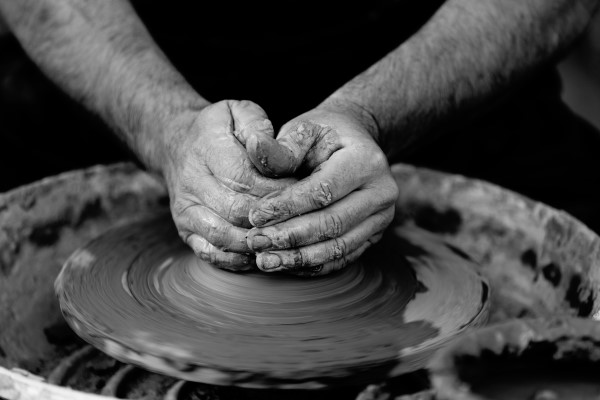
How we can all play a part in helping heritage crafts
There’s further good news in that there are a whole host of ways that each of us can support heritage craftespeople and their work. This can be without necessarily needing to spend money, although of course positively choosing to purchase a heritage craft item is a fantastic example, if it’s feasible for you.
- If it’s feasible for you, consider heritage crafts for your next purchase. Why not take inspiration from the HCA Red List 2019 and discover a whole world of crafts you’ve likely never heard of?
- Again if feasible, make a donation to the HCA’s Endangered Crafts Fund to aid their work supporting the UK’s most vulnerable heritage crafts.
- If you can, support a craftsperson by taking part in a workshop or class (viritually for now) which often provide much needed income alongside sales of their goods – also a fantastic gift for any aspiring crafters in your life, too!
- Follow, like and share away on social media – by raising the profile and visibility of craftspeople like this, you’re helping them to grow their networks and reach new customers and supporters.
- Encourage young people in your life to embrace a heritage craft! More and more under-35s are choosing to opt for handcrafted items when making a purchase (Market for Craft Report 2020, p. 54), but without actual practitioners learning and honing the skills, heritage crafts in particular are at risk of extinction.
- For any teachers reading, here are some great resources to help you bring craft into the classroom from HCA.
- Check out the Lowimpact.org directory to find craft services of all kinds on offer near you and learn about a range of different crafts (some of which are endangered) via our 30+ introductions, with loads of useful inks to resources, books and more.
What could the future hold?
It seems easy to feel pessimistic about the future of heritage crafts in the UK, but there is reason to be positive, too. Increasing awareness of the multiple and increasing threats faced by many craftspeople is coupled with heightened efforts to make more sustainable and ethical purchases where we possibly can. As more and more craftspeople embrace a digital existence as a result of the Covid-19 pandemic, the work of heritage craftspeople is reaching new and, crucially, younger audiences.
Inspiration for a new generation of craftspeople abounds in the likes of fan maker Victoria Ajoku, stone carver, mason and sculptor Lily Marsh, clog maker Simon Brock and wheelwright and joiner Joe Fredricks. If a visit to their websites doesn’t fill you with hope, I don’t know what will. Let’s together endeavour to do all we can to support them and their peer through these tough times and beyond.
Are you a craftsperson, heritage or otherwise, who has been affected by the Covid-19 pandemic? Maybe you have a success story to share about how your craft is reaching younger generations? We’d love to hear from you in a comment below!
Main image: Zachary Staines on Unsplash
 About the author
About the author
Sophie Paterson is a co-director at Lowimpact.org and NonCorporate.org, where she looks after promotion, social media, the blog and more. A graduate of the School of Natural Building, she lives in Totnes, Devon, having previously spent a year living and volunteering on a nearby smallholding.
The views expressed in our blog are those of the author and not necessarily lowimpact.org's




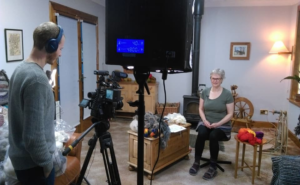 Fancy learning to spin or weave or know someone else who would?
Fancy learning to spin or weave or know someone else who would?
 “If you’re not living on the edge, you’re taking up too much room”
“If you’re not living on the edge, you’re taking up too much room”
 Ten top tips for running a market stall or craft fayre stall
Ten top tips for running a market stall or craft fayre stall
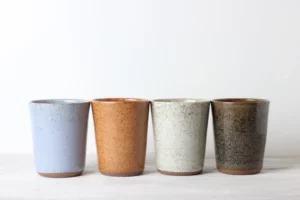 Beginners’ guide to firing pottery in a small gas kiln
Beginners’ guide to firing pottery in a small gas kiln
 Support your local green woodworker
Support your local green woodworker
 How to build a bent willow chair
How to build a bent willow chair
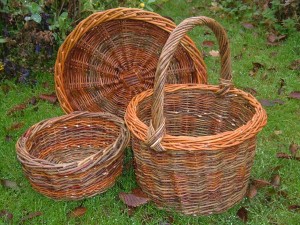 Basketmaking
Basketmaking
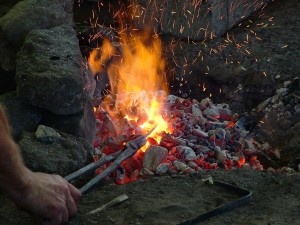 Blacksmithing & farriery
Blacksmithing & farriery
 Candlemaking
Candlemaking
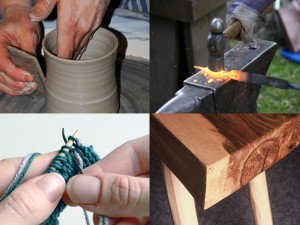 Craft production
Craft production
 Felt making
Felt making
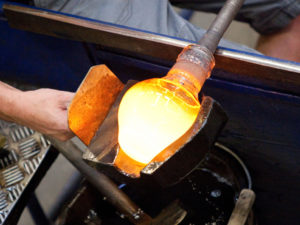 Glassblowing
Glassblowing
 Green woodworking
Green woodworking
 Jewellery making
Jewellery making
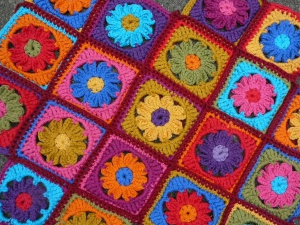 Knitting & crochet
Knitting & crochet
 Leatherwork
Leatherwork


